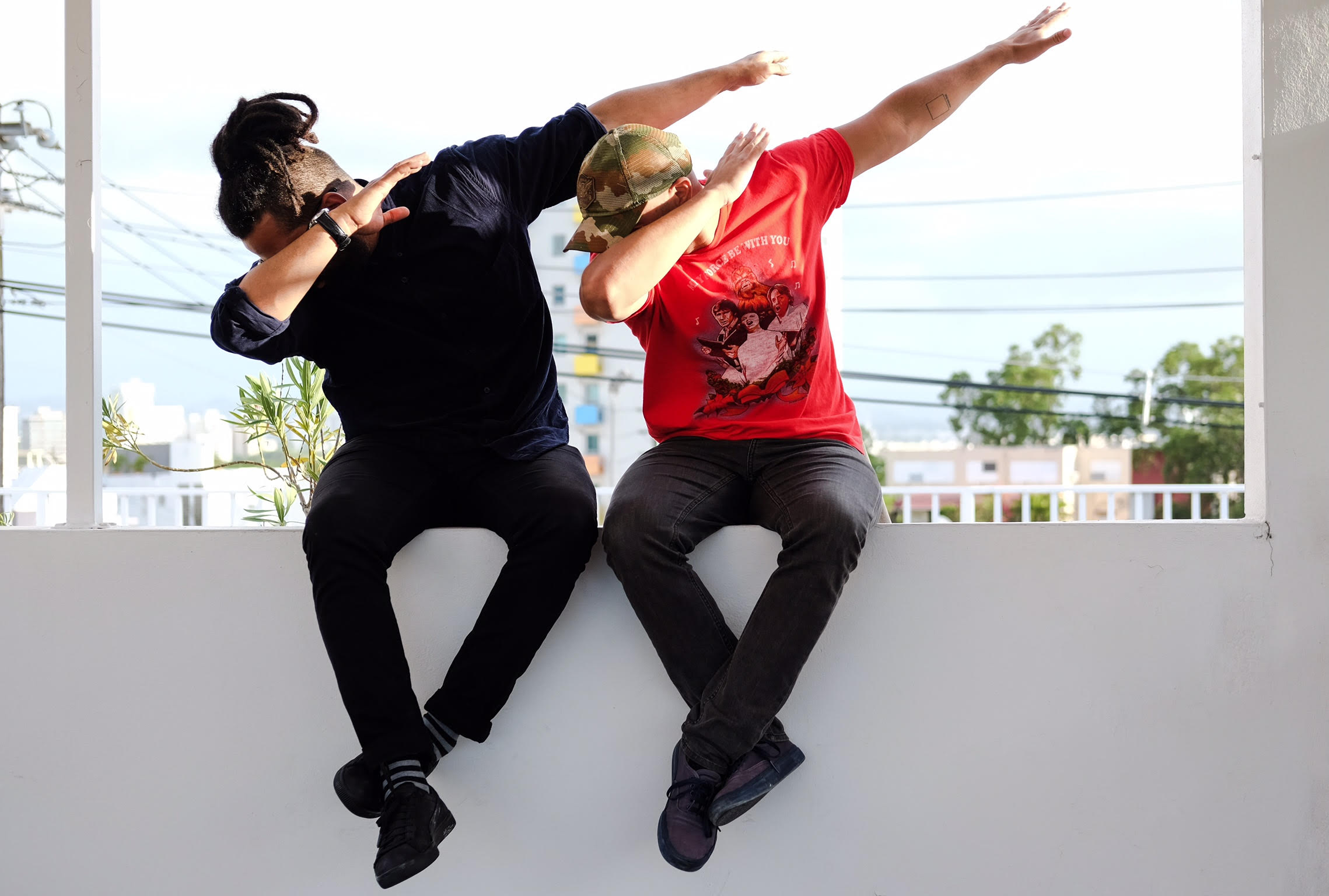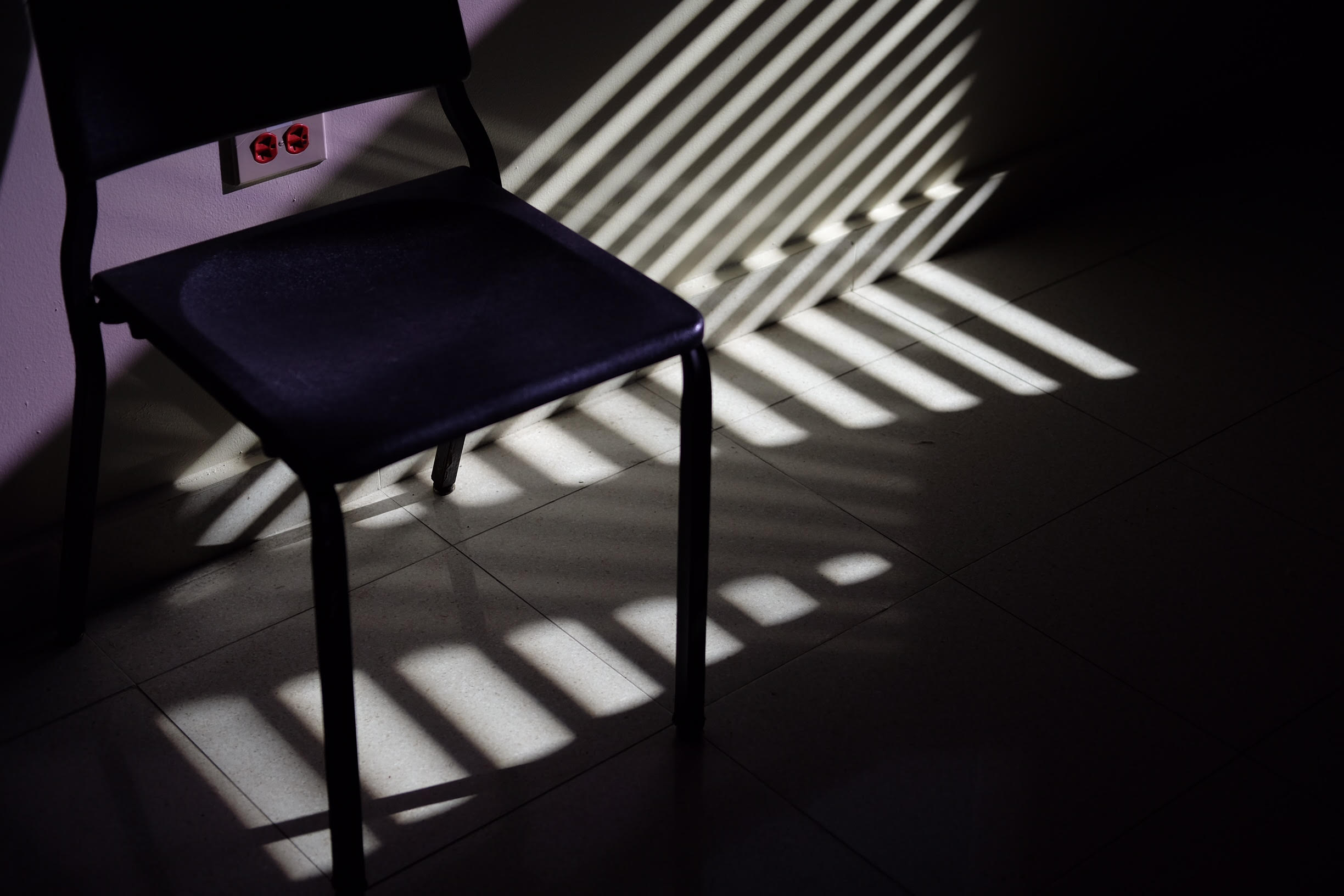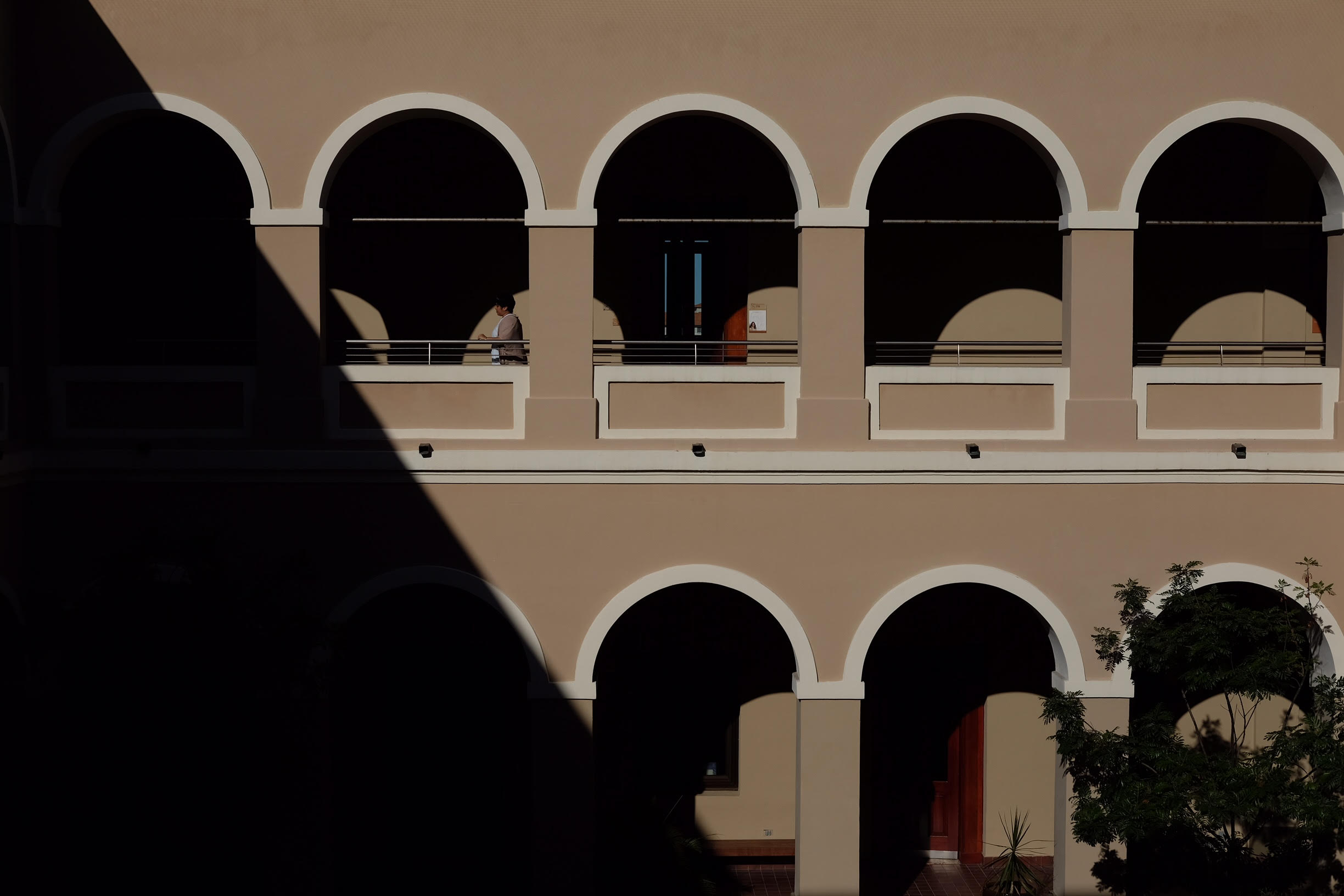It’s been seven years since Puerto Rico’s seen an international arts fair, but that’s no indication of its art offerings. The island’s buoyant scene is mainly kept afloat by DIY and grassroots work, not outside investors or collectors. In contemporary art, the Caribbean in general is often left out of the conversation—but that dialogue is about to hear a loud interjection from new art fair MECA, (short for Mercado Caribeño).
To frame the endeavor as having been dreamed up by Danny Báez and Tony Rodríguez isn’t exactly hyperbole. Gathering some of the world’s most prestigious galleries is a big idea period, much less in an economy as decimated as Puerto Rico’s. The founding duo says even the island’s top collectors scoffed at their efforts.
“They were like, you guys are fucking nuts. You guys aren’t thinking; they laughed,” Báez says. “They weren’t mean to us, but they laughed…like, these guys, what are they doing?”

Neither Báez nor Rodríguez is a novice: The former works for the longstanding Gavin Brown’s Enterprise in New York, and the latter runs Espacio 20/20 on Calle Cerra, where the renowned street art fest Santurce es Ley is centered. Still, it wasn’t until big name exhibitors signed on that they were taken seriously.
“Then you bring them our first client: 47 Canal, which is pretty much one of the hottest galleries in the world, not just in the United States, right now,” says Báez.
The rest rolled in smoothly, some without invitation or convincing. New York’s White Columns, he notes, asked to join—on their own accord, with no prompting from the festival organizers. Also represented are Arróniz (Mexico City), Patron (Chicago), The Green Gallery (Milwaukee), and a slew of San Juan galleries, including Agustina Ferreyra. The eclectic roster they’ve collected, Báez gushes, is essentially their dream fully realized.

It wasn’t only Puerto Rico’s solid base of serious collectors that helped lure in outside exhibitors—though they’ve identified 45, which is a lot considering the island’s population. The island itself was a major selling point; a trip to MECA can double as a vacation, of course.
“Many of the people that are coming to this fair, the exhibitors, I don’t understand why but they’ve never been to Puerto Rico before,” says Rodríguez. “It’s their first time and they’re very excited about it. When we approached them, we sold the fair as a vacation spot…the beach is 15 minutes walking distance; you’re going to have a great time.”

MECA stands out for other reasons, too. It won’t be held in a convention center—too cold and repetitive a setting, Rodríguez and Báez say—but rather at the Conservatorio de Música. Housed in a historic former Catholic school in Miramar, the Conservatorio is adjacent to the Santurce arts district, and backdropped by a picturesque view of the Condado Lagoon. As if the setting weren’t aesthetically idyllic enough, there’s also a musical element to the experience. Violinists, cellists, guitarists, and other musicians will flow in and out of booths, and the pianos, immovable from most rooms, will be put to use.
A separate area of the fair has been designated specifically for emerging work, like a fair within the fair: ‘Mecanismos’ will showcase up-and-coming alternative galleries and artists from Puerto Rico, the Dominican Republic, Mexico City, New York City, and more. A section within that was added to accommodate performance-based work, like the island’s own Kuniklo collective, a colorfully kooky favorite in Puerto Rico’s underground culture. It’s all under the helm of Carla Acevedo-Yates, the assistant curator at Eli and Edythe Broad Art Museum at Michigan State University.

Báez and Rodríguez point out that, besides the two of them, much of the MECA crew is female. There’s project manager and producer Mariángel Gonzales, a former Project Manager of Post Production for HBO, and two Marías: Del Mar Caragol, VIP program director and, charged with special projects, Del Mar Frederique. Hazel Colón is at the forefront of yet another unique aspect of MECA: An educational outreach program organized in conjunction with the Fundación Comunitaria de Puerto Rico that includes exclusive lectures, guided visits, and even transportation. The hope in that effort is that the students—about 100—will learn to see art as a profession and understand how it can spur economic growth.
The island’s government could actually benefit from that lesson. Rodríguez and Báez made sure to note that MECA didn’t get a single dollar in funding.
MECA is a 100% grassroots endeavor.
“At this point, we got zero support from any government institution. The Municipio de San Juan is broke, Exportación de Puerto Rico tampoco, Departamento de Desarrollo Económico y Comercio tampoco,” says Rodríguez. “So we got zero support from government; this is an independent effort.”
“One hundred percent grassroots,” Báez notes.
The government didn’t get it, basically. Unless there’s some degree of celebrity involved, Báez and Rodríguez say, they can’t see the significance needed to allot funding. For the exposure the local galleries will receive, for all the cultural, economic, and educational boosts it will provide, MECA will most certainly leave a mark—and it’ll definitely spark conversation about the Caribbean within the international contemporary arts landscape.
MECA will take place in Puerto Rico’s Conservatory of Music in San Juan’s Santurce District on June 1–4.







